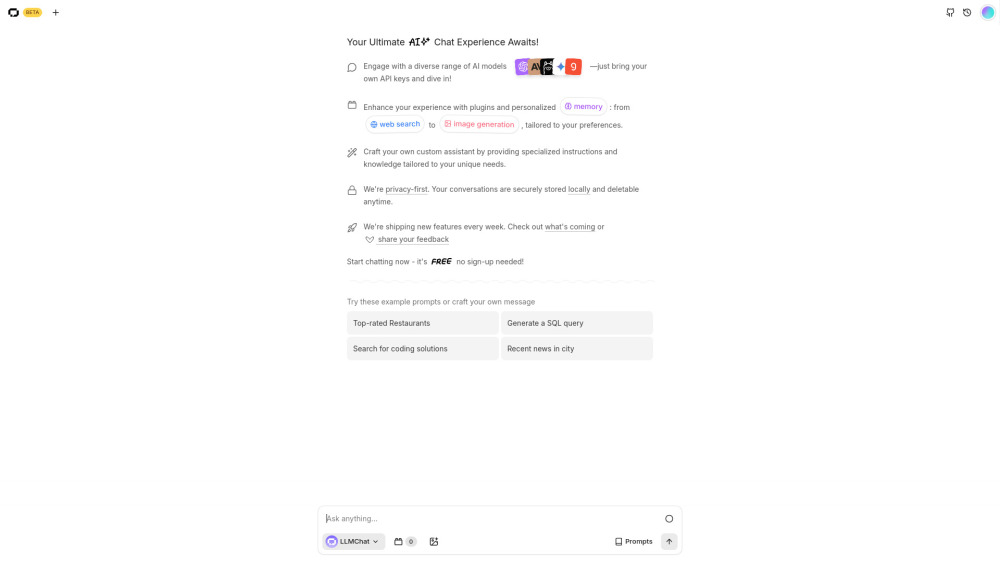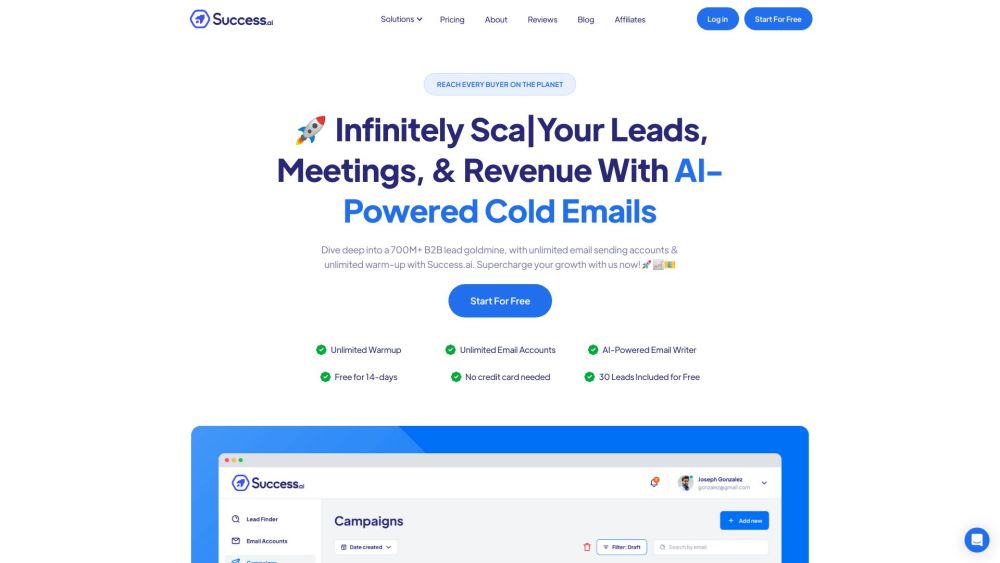XPeng, a leading Chinese electric vehicle manufacturer and a key competitor to Tesla, has announced the resignation of its vice president of autonomous driving, Xinzhou Wu, citing personal and family reasons.
Wu, who previously served as a senior director of engineering at Qualcomm for over a decade, was instrumental in steering XPeng’s autonomous driving initiatives. His leadership significantly contributed to the company’s competitive advantages in the intelligent driving sector.
As a publicly traded EV company on the NYSE, XPeng is acclaimed for its in-house, full-stack development team that crafted the advanced driver assistance system (ADAS), known as the XPeng Navigation Guided Pilot (XNPG). This system is positioned as a rival to Tesla's Full Self-Driving (FSD) technology.
In March, XPeng enhanced its city navigation system for users in major metropolitan areas such as Guangzhou, Shenzhen, and Shanghai. During a recent earnings call, XPeng reported that the system's mileage penetration rate has surpassed 60%. Additionally, the company is targeting a reduction in the number of manual takeovers to one or fewer per 1,000 kilometers on highways by the end of 2023.
Currently, Tesla has yet to make its FSD available in China and recently dispelled rumors regarding its imminent introduction in Shanghai. Wu noted in a prior interview that, even with plans to launch, it could take Tesla at least 12 months to adapt the technology to China's intricate road conditions.
As of now, Wu has not disclosed his next career steps following his five-year journey with XPeng. However, there are speculations that he might assume a senior role in Nvidia's autonomous driving division. XPeng's CEO, He Xiaopeng, hinted at this potential transition in a Weibo post, expressing pride in Wu’s anticipated ascent to top leadership at a globally recognized company, with ongoing collaborations in chip technology between the two firms.
XPeng's long-standing partnership with Nvidia has blossomed as Nvidia makes significant advances in the autonomous vehicle arena with its smart driving platform and cutting-edge chips. Wu’s successor will be Liyun Li, who currently serves as the senior director of autonomous driving at XPeng. According to He, this leadership handover has been in the planning stages for nearly a year and he is optimistic about a seamless transition.
The departure appears to be amicable, with Wu responding positively to He’s comments on Weibo, stating, “I believe XPeng's solid team and system will drive forward the development of ADAS until the era of fully autonomous vehicles arrives.”
While Wu’s resignation is viewed as a substantial loss for XPeng, it follows the recent announcement of a promising investment from Volkswagen. This partnership will focus on co-developing electric vehicle models tailored for the Chinese market.
Although Wu’s exit may not have an immediate effect on XPeng’s autonomous driving strategy, it signifies a pivotal change within the firm. Wu is part of a contingent of AI experts who returned from Silicon Valley to contribute to emerging Chinese tech companies, often overseeing R&D teams in the U.S. Amid increasing tensions between the U.S. and China, several Chinese tech giants have reduced their operations stateside.
Earlier this year, XPeng gained attention in the EV sector by appointing Wang Fengying, a veteran with 20 years of experience at Great Wall Motor, as its president. Surprisingly, Wang will lead product planning at XPeng, a company known for its emphasis on research and development.
As Wu expressed in his farewell message, “Five years ago, I crossed the ocean to join XPeng, landing on the right platform at the right time. I found myself stepping into a race that stirred the wind and ignited excitement.”
This recent collaboration between Volkswagen and XPeng exemplifies the evolving EV alliances between Western and Chinese markets.




